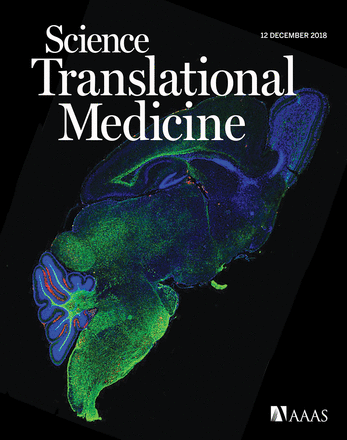Posted by Delphine Le Roux, PhD, Technical Sales Executive
LumaCyte’s Radiance instrument has recently been featured in a highly anticipated melanoma cancer treatment discovery paper in Science Translational Medicine (1) where it was used to confirm and augment conventional methods of analysis. The paper highlights the combination of three oncology therapeutic options and its benefit in increasing tumor cell treatment for melanoma cancer. Melanoma treatments have significantly been improved over the last decade but combining treatment agents can lead to increased toxicity (Larkin et al., 2015 (2) and Wolchok et al., 2017 (3)). In this study, researchers present an approach that uses combination strategies that would enhance therapeutic responses and limit the toxicity in melanoma drug development. Three major therapeutic options are currently available: (1.) molecularly targeted therapy, (2.) immunotherapy and (3.) oncolytic virus therapy. Combining two of those three different methods has been shown except for the combination of (1.) and (3.) for melanoma cancer. This combination was demonstrated in the Science Translational Medicine paper and proved to be effective for enhancing the killing of tumor cells.

Radiance data supported the study with the viral infection monitoring of single cells undergoing treatments (1.) (the MEK inhibitor trametinib) and (3.) (the oncolytic virus T-VEC) alone as well as a combination of both, all in comparison to untreated cells. Multivariate measurements in Radiance’s microfluidic system were able to demonstrate that cells infected with T-VEC had a higher infection metric than uninfected cells. Additionally, the combination of pretreatment with trametinib shows a clear difference in velocity indicating the combination of both oncological treatments increased the viral infection and therefore the efficacy of cancer cell killing. These results from Radiance agreed with the more labor-intensive results obtained by conventional methods of viral infection (plaque assay). Furthermore, the principal components analysis (PCA) graph in Figure 1G of the publication shows the ability of laser force cytology to elucidate subtle differences between sample treatments through the power of Radiance’s multivariate data. For example, the mock treated cells and MEKI treated cells were easily distinguished from one another and both of these were different from the virally treated cells. Similarly, the T-VEC only and MEKI + T-VEC treated cells could also be differentiated using principal components (derived from the Radiance data), indicating robust orthogonal detection capabilities that can now be used for R&D and in the future for patient diagnostic purposes.
This paper demonstrates the ability to support cutting edge oncology research with Radiance technology in an effective way since each of the treated populations were clearly distinguished by Radiance analysis and comparable to conventional tests, but with less time and labor as well as additional analytical insights. This application demonstrates the ability of our technology to help accelerate therapies and cures for diseases, which is part of our mission and core values!
References
1. “MEK inhibition enhances oncolytic virus immunotherapy through increased tumor cell killing and T cell activation”, Praveen K. Bommareddy, Salvatore Aspromonte, Andrew Zloza, Samuel D. Rabkin and Howard L. Kaufman, Sci Transl Med, Vol. 10, Issue 471, 2018
2. “Combined Nivolumab and Ipilimumab or Monotherapy in Untreated Melanoma.”, James Larkin, Vanna Chiarion-Sileni, Rene Gonzalez, Jean Jacques Grob, C. Lance Cowey, Christopher D. Lao, Dirk Schadendorf, Reinhard Dummer, Michael Smylie, Piotr Rutkowski, Pier F. Ferrucci, Andrew Hill, et al, N Engl J Med, 373(1):23-34, 2015
3. “Overall Survival with Combined Nivolumab and Ipilimumab in Advanced Melanoma”, Jedd D. Wolchok, Vanna Chiarion-Sileni, Rene Gonzalez, Piotr Rutkowski, Jean-Jacques Grob, C. Lance Cowey, Christopher D. Lao, John Wagstaff, Dirk Schadendorf, Pier F. Ferrucci, Michael Smylie, Reinhard Dummer, et al, N Engl J Med, 377:1345-1356, 2017


